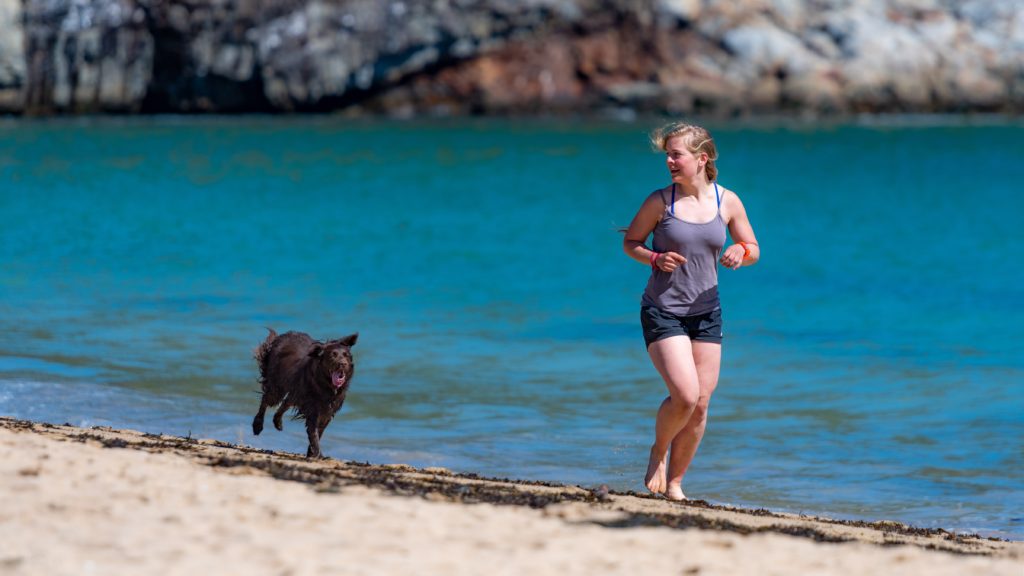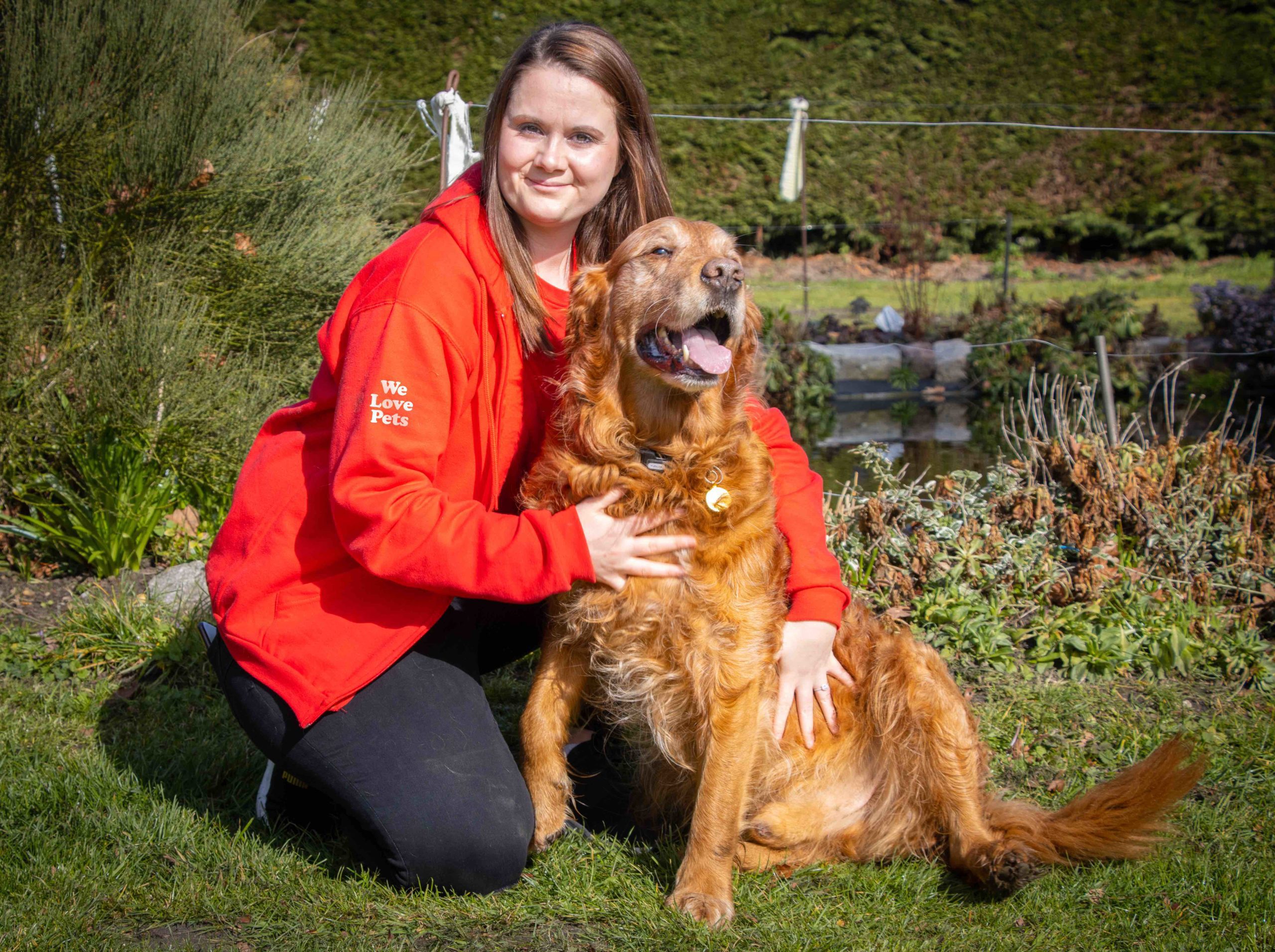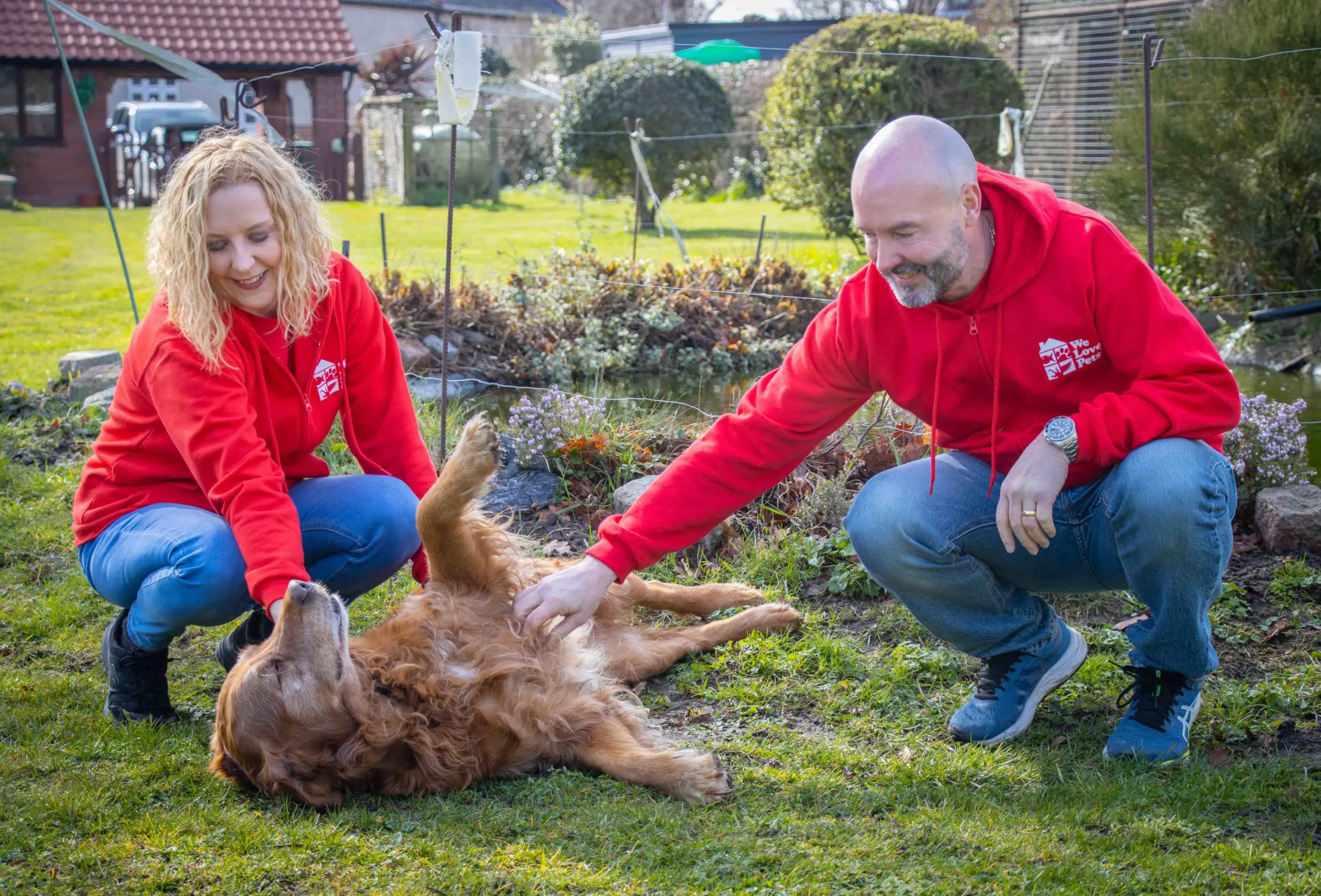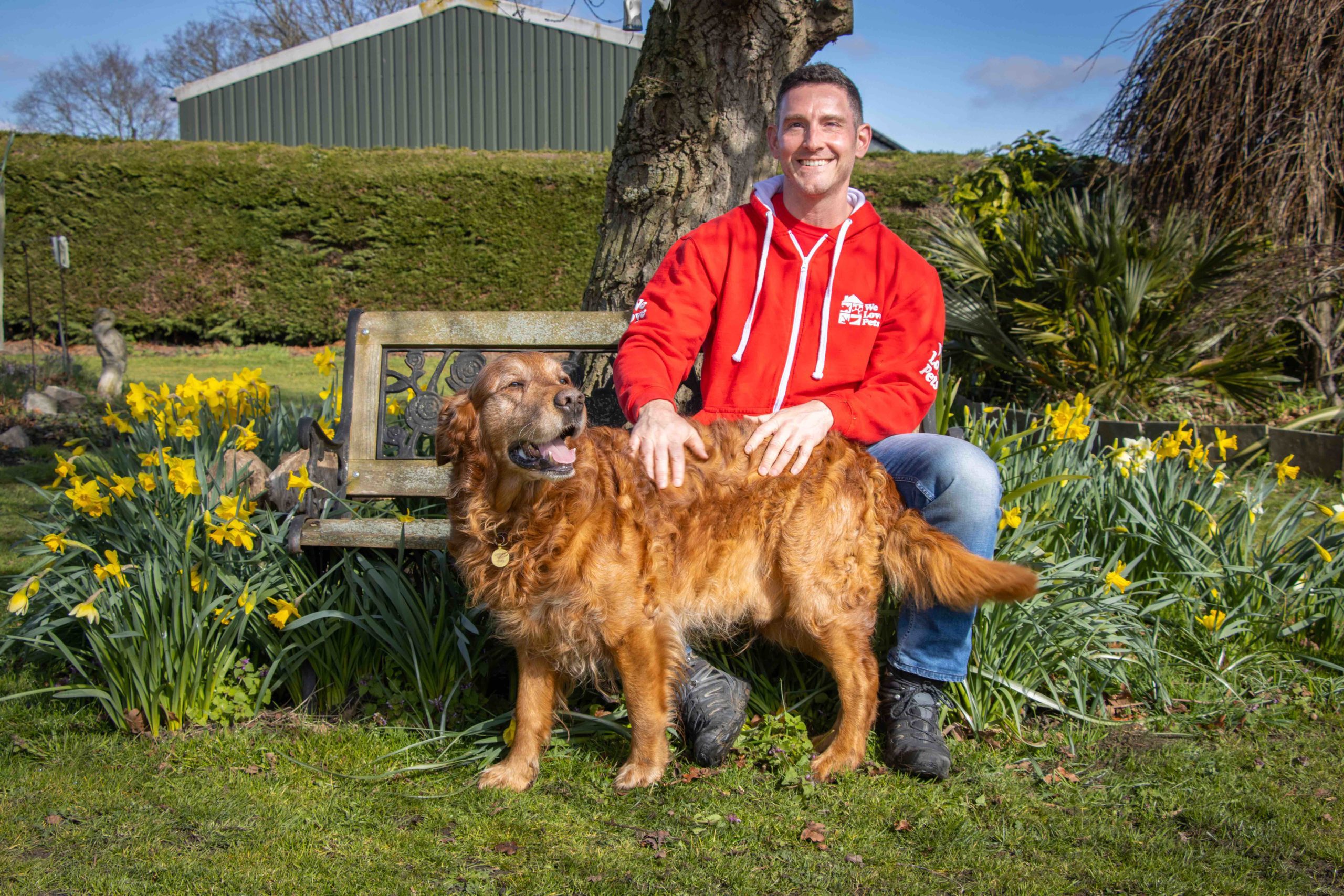Happy New Year!! So you’ve made your resolutions and broken a few of them already! Getting fit is usually on the top of most lists and if you enjoy the outdoors, running is definitely for you. So you need to choose a partner who’s motivated and enthusiastic and never says, ‘sorry I can’t be bothered’. Yes, your dog is all of the former and none of the latter. Here are a few things you might want to consider before getting started:
Breed suitability:
Your running partner has to be able to go the distance with you. You don’t see many runners out with their pugs or dachshunds and for good reason. Here’s what our vet nurse, Chelsey, had to say “For those predisposed to having hip/elbow dysplasia and other joint issues (ie. german shepherds, golden retrievers, Labradors) care should be taken to ensure we don’t over exercise them at a young age. We don’t want to wear out those joints. Also with brachycephalic breeds care should be taken as due to body conformation there are concerns with breathing.”
How old is your dog:
There’s a lot of advice on exercising your dog but here are a few basic guidelines from our vet nurse, Chelsey, that should be followed: Puppies joints and bones are still growing, too much exercise can cause unnecessary strain on those joints which can result in health issues later on (arthritis, hip dysplasia, etc). We usually recommend increasing exercise by 5 minutes each month as they are growing until they reach full size and growth plates have fused. This differs depending on breed/adult size. Usually 15-18 months for medium to larger breed dogs. Smaller breeds may be less and giant breeds more.
If you and your dog are no spring chickens, you both might want to consider a joint supplement!
What’s your starting point:
If you’re going from couch potato to 5K, your dog will be too. You both need to build up fitness gradually. Don’t force an overweight dog to run long distances as the added weight can cause massive strain on their joints. Getting a heath check before you start and discussing your plans with your vet is to be recommended. It’s also a great idea to have some sort of goal in mind
Apply the same theory:
Warming up and cooling down is just as important for your dog as it is for you and will avoid stiffness or injury. Keep an eye on your running partner and watch for any stiffness or lameness during or after a run. Check their feet before, during and after a run looking out for deep cracks on their pads or debris in between their toes. Always carry water for your dog during a run.
Consider your terrain:
Whether you’re going cross-country, park running or road running, you need a breed of dog that can handle the different terrain. Before getting started you also need to think about their paws as you would consider the right running shoes for yourself. Some dogs require booties to run in or their pads to be waxed or protected.
Train them as a running partner:
Keep running separate from their usual walks or playtime. Your partner is smart and will know when the trainers go on, its time to put you through your paces. Give them time to get used to running on a lead or harness. It takes skill to not end up in a heap on the ground after you’ve tripped over the bungee cord so you might want consider some basic commands while they are on the lead. There’s also a huge range of equipment out there so check out www.canicross.org.uk for advice on equipment and getting started.
Keep it interesting:
Keep your training varied and it’s much more likely that you’ll keep it going. There are training opportunities and events all over the country if you want to compete or would like to socialise your running partner. Check out canicross and dog jog for more information.
So go out there and enjoy. Be realistic about your goals and don’t get demotivated. Your hound and your health and wellbeing will be the better for it.




